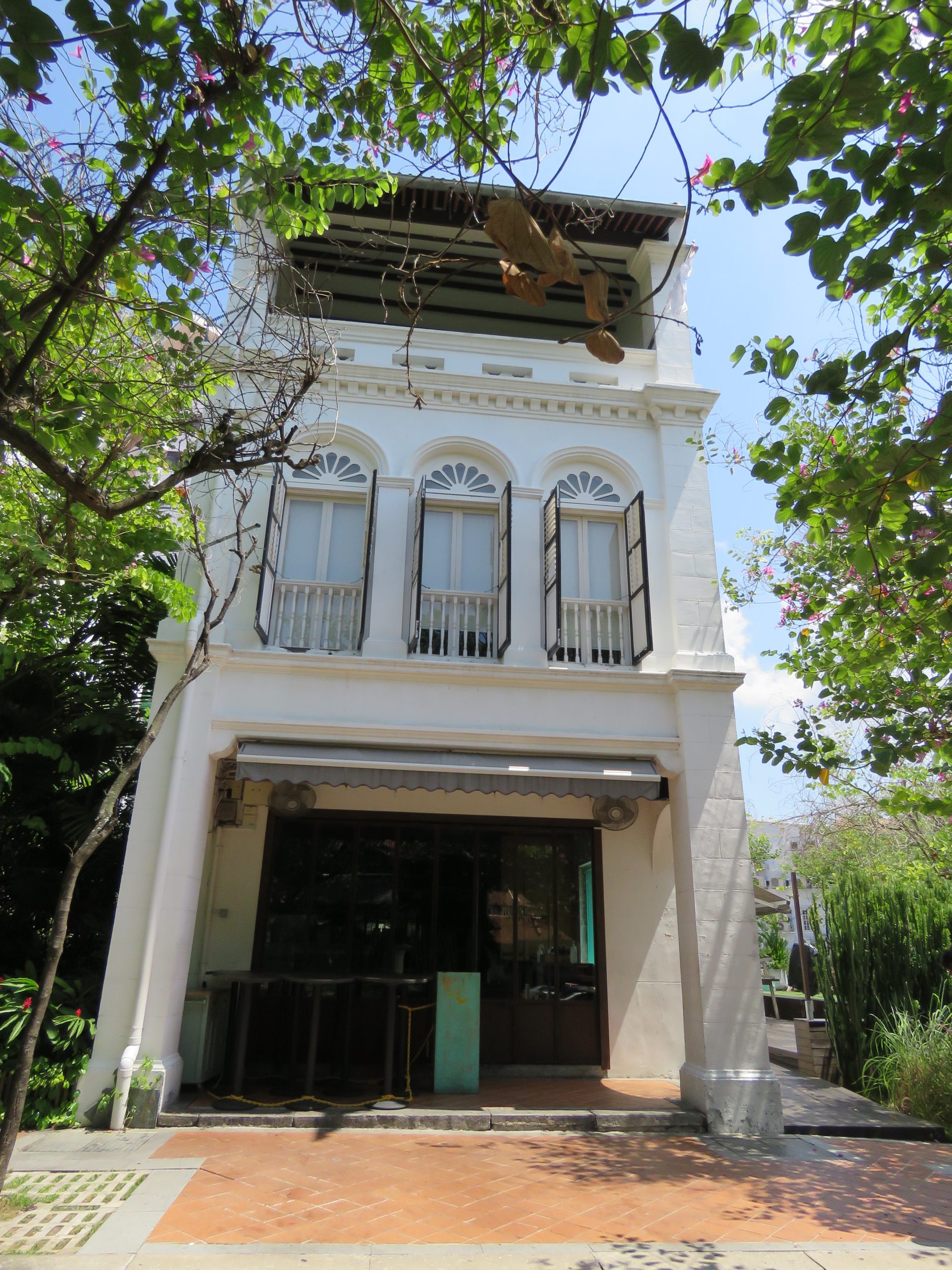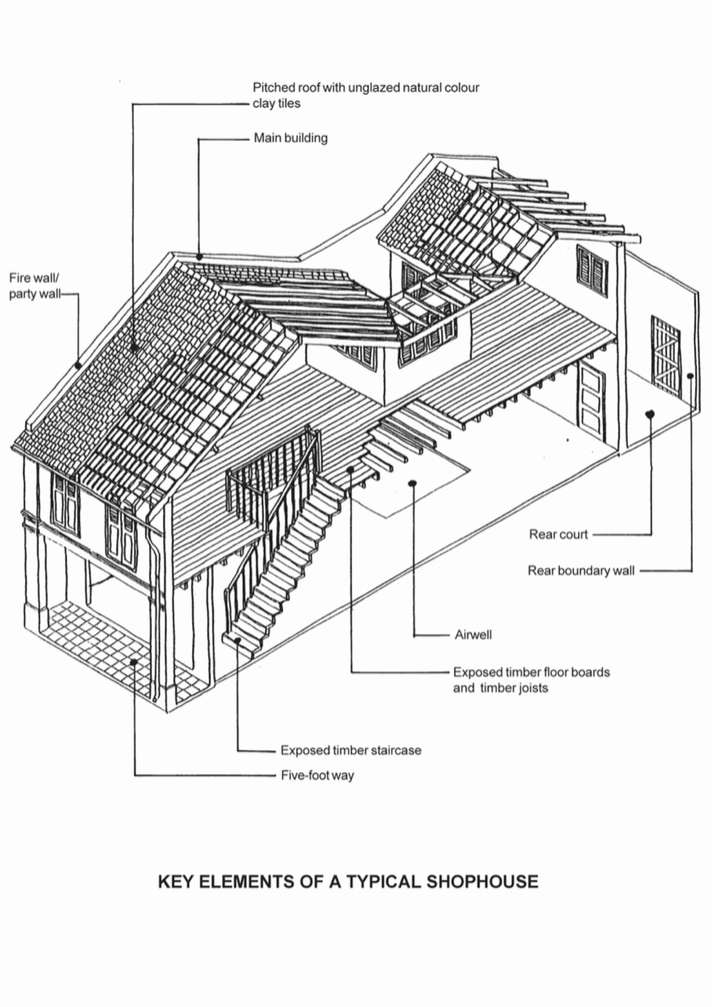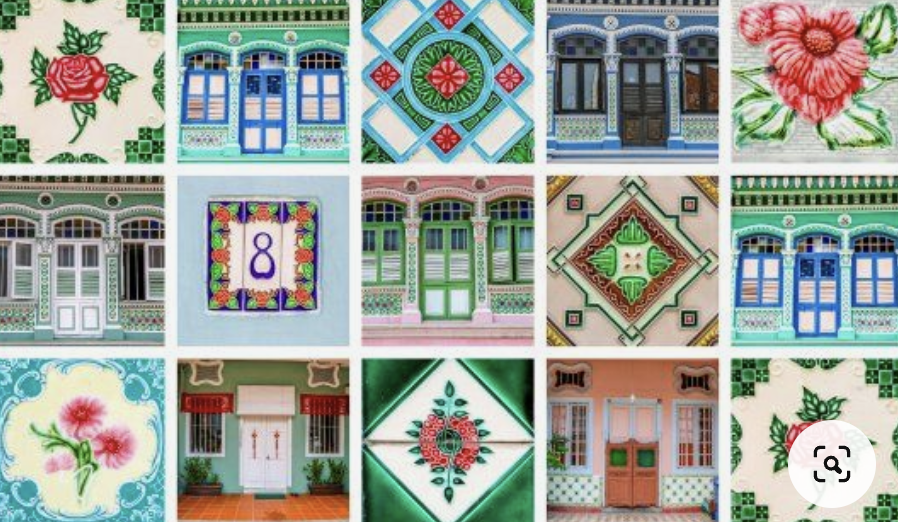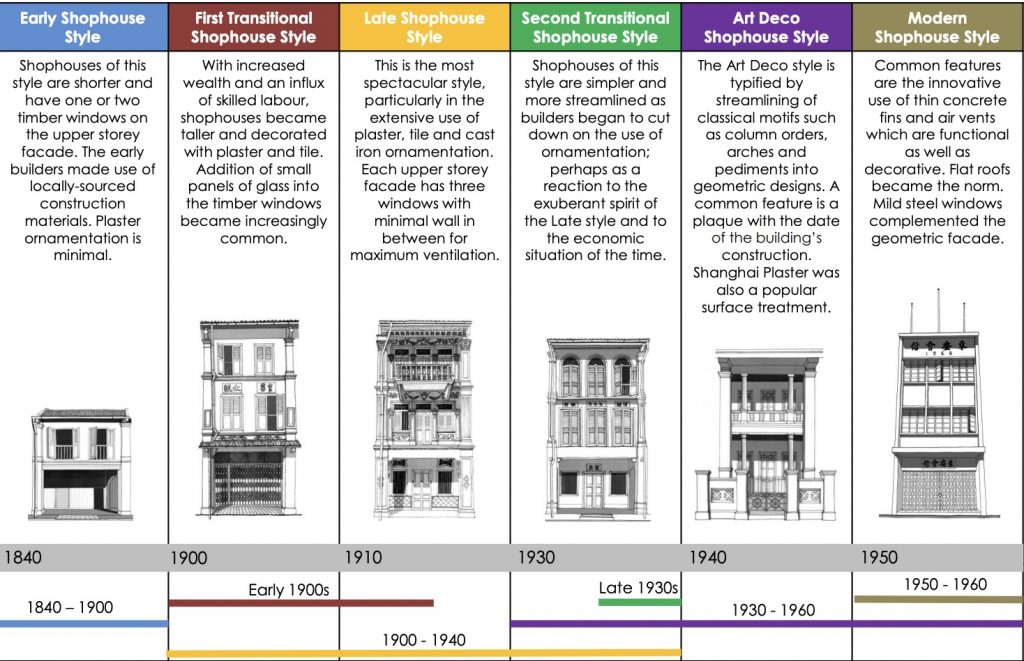
What is a Shophouse
Built between the 1840’s and 1960’s, shophouses have architectural features that are characteristic of Southeast Asia during the colonial era.
Traditionally, shophouses were townhouses built as the home of wealthy families who were merchants or traders and they used the front room of the ground floor to conduct business. In later years, the shophouses became “dwelling homes” and the front room became a principal room for welcoming guests and visitors.
Shophouses are limited in supply due to the modernisation of cities. Today, there are about 6,500 conservation shophouses in Singapore. Some are zoned for commercial use on the first level and residential use on the upper floors, while others are wholly residential. In the Central Business District (CBD) there are about 3000 plus fully commercial shophouses. Foreigners and companies are eligible to purchase fully commercial shophouses properties and no Additional Buyer Stamp Duty (ABSD) or Seller’s Stamp Duty (SSD) will be imposed.
Architectural Details
In the early days, shophouses were originally designed to be fairly modest – with pitched roofs, and a partition wall shared between neighbours. They were relatively long and narrow (typical frontage between 16 to 18 feet (6 metres), and were usually built as a row of buildings along a street or city block where a five-foot walkway would often be built in front, allowing pedestrians to be covered from both the sun and rain.
Symmetry, windows and decorative elements were some of the signature traits of a typical shophouse exterior, while courtyards and skywells, structural timbers together with patterned titles were part of the shophouse’s iconic features indoors.


Shophouse Styles
The evolution of shophouse styles reflect society’s changing needs, cultural influences, and the economic situation of the time.
According to the Singapore’s Urban Redevelopment Authority (URA), there are six architectural styles that each have their own defining characteristics influenced by trends of the era.

Image Credit: URA
